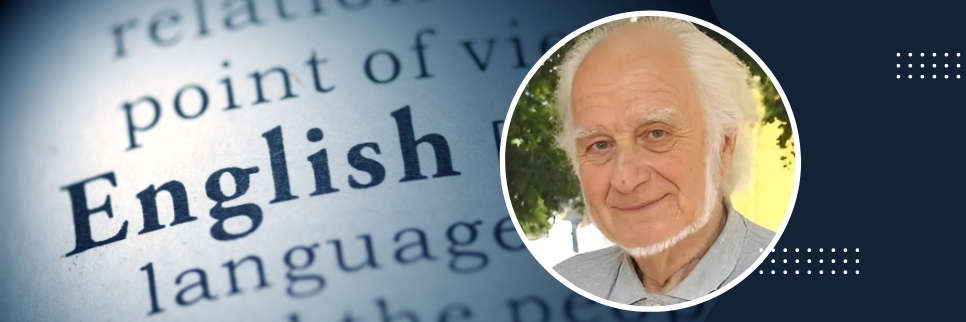Gender Inequality in Education in Pakistan

- October 25, 2023
- 2048
Gender inequality is the difference in human rights situations for men and women. In 2015, 193 nations adopted the Sustainable Development Goals (2030), which includes 17 SDGs, several of which address gender inequality to various degrees. Goal 4 emphasizes pursuing education goals. Goal 5 promotes gender equality and women's empowerment in social, political, and economic decision-making. Goal 8 creates a healthy and positive work environment for women to boost sustainable economic growth. The promises are based on the idea that equal education, political, and economic participation for women will help build sustainable economies and societies.
Pakistan has a large gender education gap. It is a patriarchal country where women experience discrimination and low social, economic, and political positions. Pakistan's population is 52% women, according to World Bank data. Keeping so many people uneducated is terrible and may be the reason for the country's weak economy.
Pakistan ranks fourth-worst for gender parity in the 2021 Global Gender Gap Report. The report ranks Pakistan 144th out of 156 countries in educational attainment. Pakistan's education system has a 13% gender gap in enrollment. Only 46.5 percent of women are read; 61.6 percent attended primary school; 34.2 percent attended high school; and 8.3 percent received university education. The report also showed that Pakistan will need 136 years to close the gender gap at its current rate. Government schools for children are scarce or unavailable. Rural Pakistani schools lack water, power, and other educational basics, making the problem worse.
Rising gender inequality in schooling affects a family's socioeconomic status. On the macro level, gender gaps in schooling underutilize human resources, which can slow economic growth. To quickly close the gender gap, the government should rethink its laws and traditions. Women's education directly affects social goals like child education, child mortality prevention, fertility reduction, and child nutrition. On the other hand, social aims reduce poverty, boost labor productivity, human development, and economic growth.
Gender parity and women's economic engagement are crucial to social and economic success. Human development and stability depend on women's education, health, and autonomy. Pakistan falls short in all important areas.
Pakistan has a large gender education gap. The government must work to educate everyone. UNICEF reports 22.8 million 5–16-year-olds out of school; 60% of them are female. The government should establish more schools and train new instructors to reduce dropout rates. The government should initiate “Education for All Children” initiatives and prioritize education by providing 4% of GDP instead of 2%, which is insufficient to meet education needs. It should implement modern teacher training programs and facilities and ensure their execution and follow-up. To meet girls' education needs, more schools with modern technology and facilities should be created in addition to modernizing the current school system.
Traditional dogmas and cultural practices prevent Pakistani women from working with education alone. Teenage pregnancy is the main reason girls drop out, while sons are prioritized in education, especially college education. Reduced household care (free daycare, favorable discrimination for female employees) will improve women's economic engagement. Awareness is the only way to combat these prejudices. Through public awareness and education, society must change its anti-woman sentiments. These activities must demonstrate women's growing importance to family and society.






